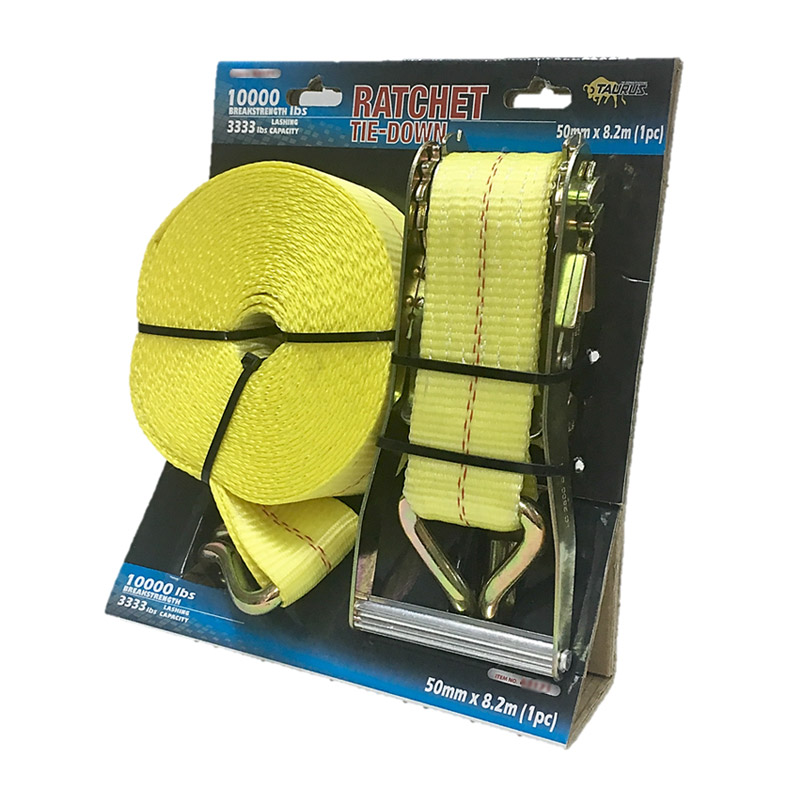temporary bracing structural steel
Temporary Bracing in Structural Steel Construction
In the field of structural engineering, temporary bracing plays a crucial role in ensuring the stability and safety of steel structures during the construction phase. Temporary bracing refers to the use of additional support systems that are employed to stabilize steel frameworks until the permanent structural elements are in place and can effectively carry loads. As construction progresses, the integrity of a structure can be compromised due to the absence of fully assembled components, making temporary bracing an essential intervention.
Temporary Bracing in Structural Steel Construction
One common form of temporary bracing is the use of diagonal steel rods or angles that create triangular formations within the frame. This configuration not only adds rigidity but also effectively distributes loads throughout the structure. Engineers meticulously calculate the placement and dimensions of these braces to ensure they can withstand anticipated forces, such as wind loads or seismic activity.
temporary bracing structural steel

Moreover, the selection of materials is pivotal in the implementation of temporary bracing. Structural steel is often the material of choice due to its high strength-to-weight ratio, durability, and ease of fabrication. However, safety remains the foremost concern; therefore, quality control measures must be in place to ensure that all components meet industry standards. Regular inspections are necessary to identify any signs of wear or failure, and timely adjustments must be made to maintain structural stability.
In addition to providing physical stability, temporary bracing also serves as a means of enhancing worker safety on construction sites. By stabilizing the structure, workers can maneuver more freely and efficiently without the constant worry of potential collapses. This aspect is particularly vital as construction sites can often be chaotic environments where multiple trades are working concurrently.
It is also important to consider that temporary bracing is a temporary measure; it is meant to be removed once the permanent structural elements are installed and secured. The transition from temporary to permanent stabilization must be carefully planned and executed to avoid any disruption to the ongoing construction process. A well-coordinated approach ensures that the removal of bracing does not compromise the integrity of the structure it was designed to protect.
In conclusion, temporary bracing is an essential component of modern steel construction. It provides stability and safety during a critical phase of the building process, facilitating not only the protection of the structure itself but also the workforce involved. As engineering practices continue to evolve, the methods and technologies associated with temporary bracing will likely advance, reflecting the ongoing pursuit of safety and efficiency in the construction industry. The effective integration of temporary bracing is not just a technical necessity but a commitment to excellence in engineering practices and a safeguard for the people who build our future.
-
Wedge Anchor Bolts: Secure Fastening SolutionsዜናAug.05,2025
-
Insulation Fixings: Secure and Durable SolutionsዜናAug.05,2025
-
Full Threaded Studs: Versatile Fastening SolutionsዜናAug.05,2025
-
Expanding Fasteners: Secure and Reliable SolutionsዜናAug.05,2025
-
Butterfly Toggle Anchors: Secure and Easy to UseዜናAug.05,2025
-
Bracing Solutions for Steel StructuresዜናAug.05,2025
